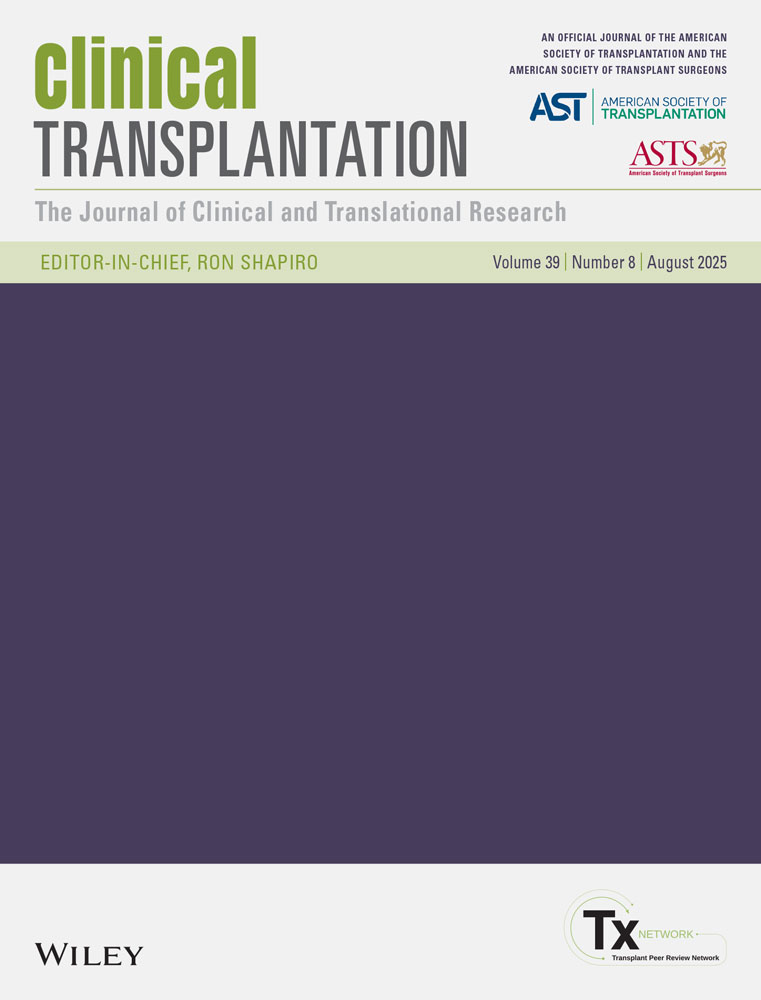Mycophenolate mofetil, with cyclosporine and prednisone, reduces early rejection while allowing the use of less antilymphocytic agent induction and cyclosporine in renal recipients with delayed graft function
Abstract
Antilymphocytic agent induction (ALAI), with antithymocyte globulin or monoclonal antibody, is generally used in renal transplantation (TX) to spare renal allografts with poor initial function from the toxic effects of cyclosporine (CsA) and/or to augment immunosuppression (IS) in the patient at a high risk for early rejection. ALAI, unfortunately, increases the cost of TX and the risk to the patient, having been associated with many adverse side effects. An IS protocol, which results in a low incidence of early rejection while using less CsA and ALAI, is a worthwhile goal. We compare our experience with mycophenolate mofetil (MMF), CsA, and prednisone (MMFCP; n=62) to our azathioprine (AZA), CsA, and prednisone (AZACP; n=50) triple-drug IS, with and without ALAI. The patient characteristics for age, race, first TX, cadaveric donor, pediatric recipient, and dialysis in the first post-op week (DGF) were not different for the MMFCP versus AZACP groups. There were more females in the MMFCP group (51.6% versus 30.0%, p=0.022). We report that rejection-free survival at 6 months (RF6) was better in the MMFCP versus AZACP group (83.9% versus 60.0%, p=0.005). Less ALAI and CsA were used in the MMFCP patients. At 1 year, actuarial graft survival was 91.9% in the MMFCP group and 81.9% in the AZACP group (p=0.116). Actuarial 1-year patient survivals were not different in the two patient groups. In the sub-population of patients with DGF, the RF6 in the MMFCP (n=13) group was 92.3% versus 57.1% in the AZACP (n=14) group (p=0.041). The reduction in early rejection episodes in the patients on MMFCP with DGF was accomplished while using half as much ALAI and lower CsA doses and levels. The African-American recipient sub-population on MMFCP also demonstrated an improvement in RF6 while using less ALAI and CsA (78.6% versus 48.0%, p=0.022). We conclude that the use of MMF-based triple-drug IS results in fewer rejection episodes while allowing for lower CsA levels and less ALAI, even in patients with delayed graft function.




